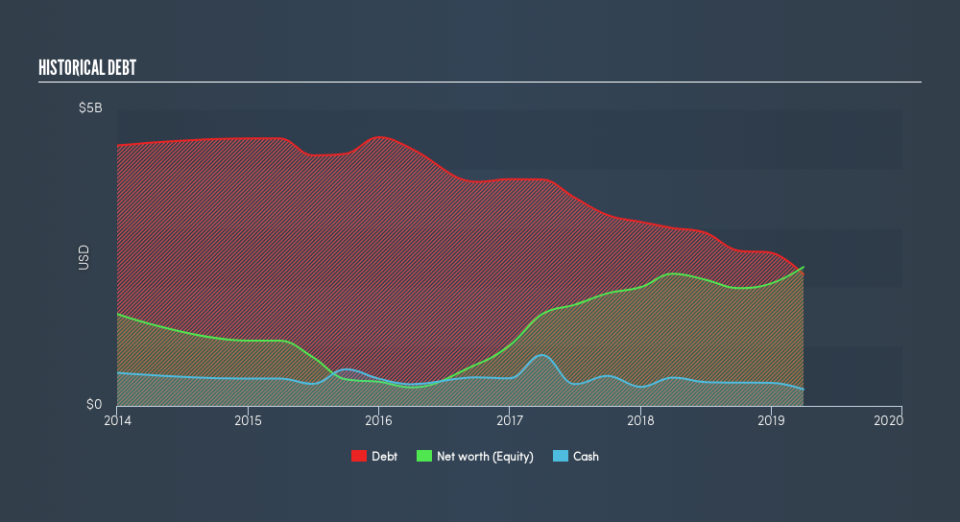What Investors Should Know About Laureate Education, Inc.'s (NASDAQ:LAUR) Financial Strength

Want to participate in a short research study? Help shape the future of investing tools and you could win a $250 gift card!
Small-caps and large-caps are wildly popular among investors; however, mid-cap stocks, such as Laureate Education, Inc. (NASDAQ:LAUR) with a market-capitalization of US$3.6b, rarely draw their attention. While they are less talked about as an investment category, mid-cap risk-adjusted returns have generally been better than more commonly focused stocks that fall into the small- or large-cap categories. LAUR’s financial liquidity and debt position will be analysed in this article, to get an idea of whether the company can fund opportunities for strategic growth and maintain strength through economic downturns. Remember this is a very top-level look that focuses exclusively on financial health, so I recommend a deeper analysis into LAUR here.
Check out our latest analysis for Laureate Education
Does LAUR Produce Much Cash Relative To Its Debt?
LAUR has built up its total debt levels in the last twelve months, from US$3.0b to US$3.2b , which includes long-term debt. With this increase in debt, the current cash and short-term investment levels stands at US$279m to keep the business going. On top of this, LAUR has generated US$449m in operating cash flow in the last twelve months, leading to an operating cash to total debt ratio of 14%, signalling that LAUR’s operating cash is less than its debt.
Does LAUR’s liquid assets cover its short-term commitments?
At the current liabilities level of US$1.6b, it seems that the business may not be able to easily meet these obligations given the level of current assets of US$1.4b, with a current ratio of 0.87x. The current ratio is the number you get when you divide current assets by current liabilities.
Is LAUR’s debt level acceptable?
With debt reaching 96% of equity, LAUR may be thought of as relatively highly levered. This is not uncommon for a mid-cap company given that debt tends to be lower-cost and at times, more accessible. We can check to see whether LAUR is able to meet its debt obligations by looking at the net interest coverage ratio. A company generating earnings before interest and tax (EBIT) at least three times its net interest payments is considered financially sound. In LAUR's, case, the ratio of 1.46x suggests that interest is not strongly covered, which means that lenders may refuse to lend the company more money, as it is seen as too risky in terms of default.
Next Steps:
LAUR’s high cash coverage means that, although its debt levels are high, the company is able to utilise its borrowings efficiently in order to generate cash flow. However, its low liquidity raises concerns over whether current asset management practices are properly implemented for the mid-cap. Keep in mind I haven't considered other factors such as how LAUR has been performing in the past. You should continue to research Laureate Education to get a more holistic view of the stock by looking at:
Future Outlook: What are well-informed industry analysts predicting for LAUR’s future growth? Take a look at our free research report of analyst consensus for LAUR’s outlook.
Valuation: What is LAUR worth today? Is the stock undervalued, even when its growth outlook is factored into its intrinsic value? The intrinsic value infographic in our free research report helps visualize whether LAUR is currently mispriced by the market.
Other High-Performing Stocks: Are there other stocks that provide better prospects with proven track records? Explore our free list of these great stocks here.
We aim to bring you long-term focused research analysis driven by fundamental data. Note that our analysis may not factor in the latest price-sensitive company announcements or qualitative material.
If you spot an error that warrants correction, please contact the editor at editorial-team@simplywallst.com. This article by Simply Wall St is general in nature. It does not constitute a recommendation to buy or sell any stock, and does not take account of your objectives, or your financial situation. Simply Wall St has no position in the stocks mentioned. Thank you for reading.



